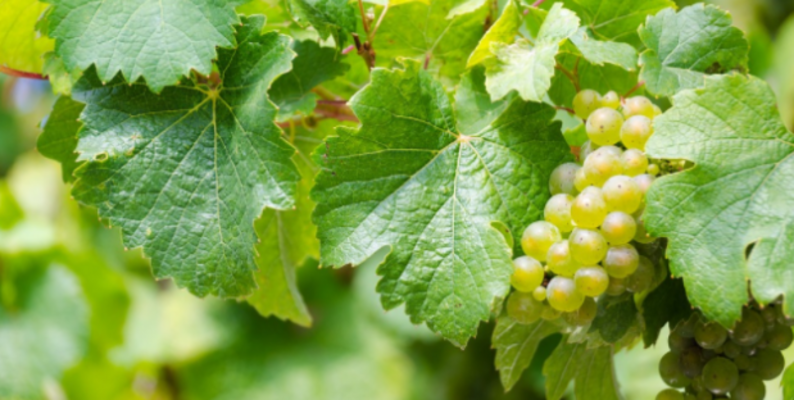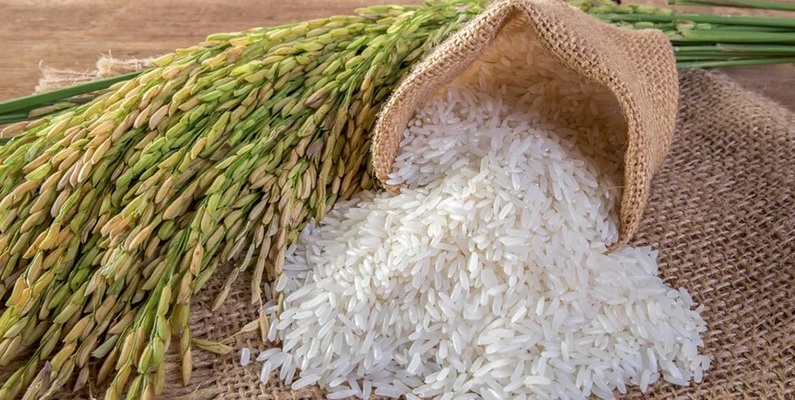
2148 Instances
Image Attributes
2 Class
Uploaded: 2022
Pistachio Image Dataset
The dataset includes a total of 2148 images, 1232 of Kirmizi and 916 of Siirt P.
Read More
100 Downloads

500 Instances
Image Attributes
5 Class
Uploaded: 2022
Grapevine Leaves Image Dataset
Ak, Ala Idris, Büzgülü, Dimnit and Nazli Grapevine Leaves Image
Read More
653 Downloads

75000 Instances
Image Attributes
5 Class
Uploaded: 2021
Rice Image Dataset
Five different Rice Image Dataset. Arborio, Basmati, Ipsala, Jasmine, Karacadag
Read More
2020 Downloads